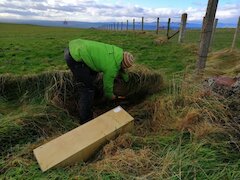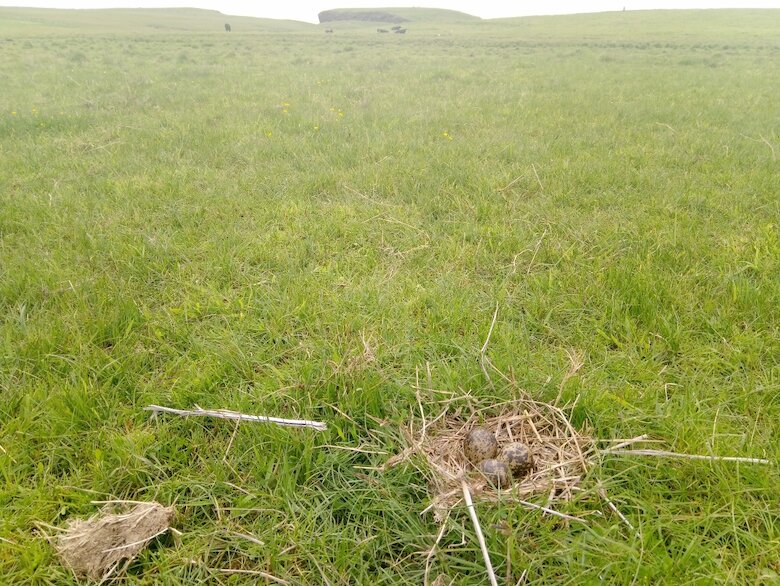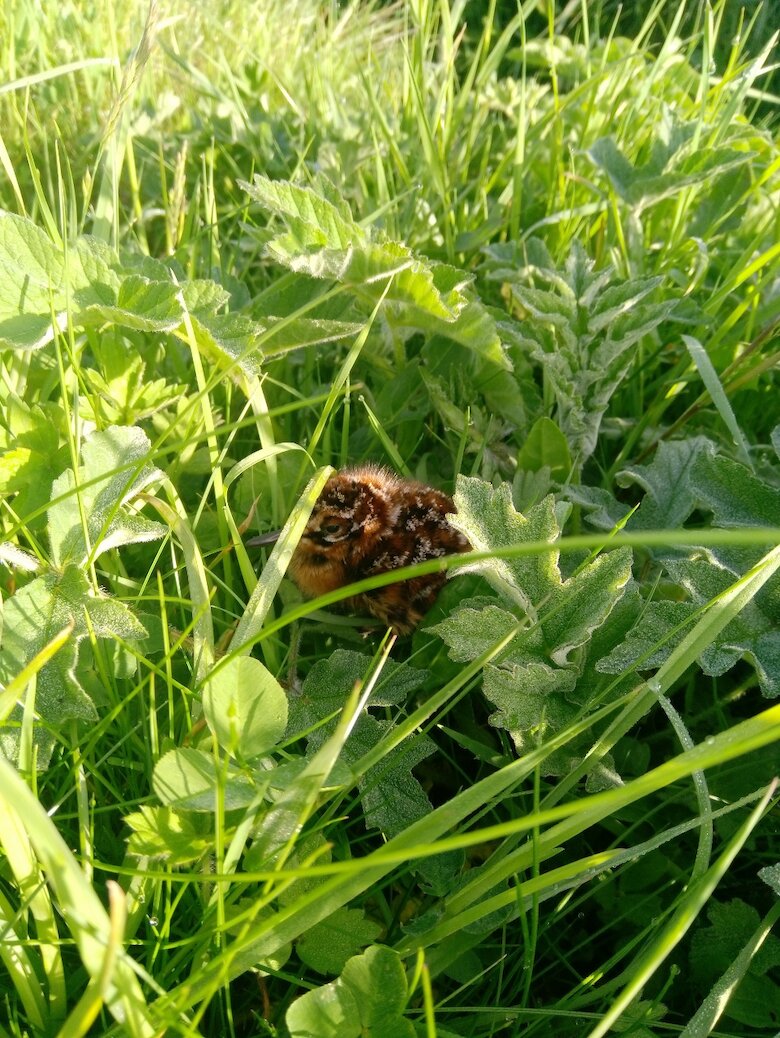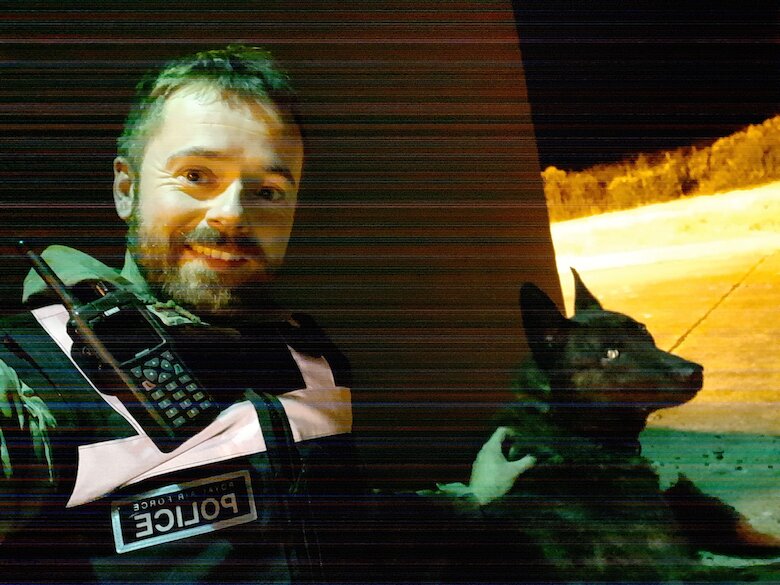Our regular blog shares the latest news and updates from the Orkney Native Wildlife Project. If you are new to our blog and want to know more about the project visit our website www.onwp.org
With Covid-19 lockdown restrictions easing, we have been able to resume some of our outdoor operations over the last few weeks following strict health, safety and social distancing procedures and so have some project updates to share with you.
Eradication Update
Our trapping team have been busy checking the traps that were open across East Mainland, South Ronaldsay and the linked isles before lockdown paused the project.
Due to lockdown restrictions on essential travel and work, we weren’t able to check traps until the restrictions on outdoor work were recently lifted – the project is not about food production or medical needs so didn’t qualify as essential work. As many of our staff were therefore unable to work, like so many other organisations and businesses in these unprecedented times, we needed to furlough them until they could resume trapping.
The traps were left active during the rapid transition into strict lockdown because after consulting the project partners and stakeholders including local landowners, we concluded there was no additional health and safety risk and that it was better to leave traps active than to access land across the county to close them, potentially putting our community and staff at risk.
The traps are humane lethal traps, not live traps, so there is no legal requirement for a specific check frequency and the boxes are secured to stop easy opening. However, we obtained an exemption to quickly deal with any traps that had been potentially damaged or tampered with to make them safe.
We are now back in the pre-lockdown three-week cycle of checks across the existing trapping network and have almost completed a full round of checks of all the traps.

The team have also been checking and deploying more biosecurity traps along coastal edges such as Stromness and Evie to prevent stoats – who are strong swimmers – spreading to other islands such as Hoy, Graemsay and Rousay. This is especially important at this the time of year when juvenile stoats disperse to look for their own territories and we are not yet able to travel to the islands and manage the biosecurity network in place there.
Over the summer we will be working hard to deploy new traps across West Mainland to complete the eradication network in time for winter when the likelihood of trapping stoats goes up as food availability in the environment goes down. A huge THANK YOU to everyone who has given permission for us to access land to support the project. If you have any concerns about traps or questions about the project, do email us at [email protected].

You can help
The Stoats in Orkney Facebook page is where to post any sightings of stoats and it is so helpful if you can include a grid reference or a good description of the location as well as the date and time. At this time of year, it is vital for us to know where breeding families of stoats are located so we can adapt our trap network. Signs to look for are a stoat using the same run regularly, carrying food to the same place or if you see kits (young) or a family of stoats. If you see any of these, please let us know as soon as possible.
You can also help by keeping an eye out for traps that may have been damaged or tampered with and reporting them to us as soon as possible by emailing [email protected]. This includes any traps where the box lids have been removed. Tampering with, or deliberating damaging, traps is illegal but sadly does happen occasionally and we need to report incidences to the Police. Thanks for your help in keeping everyone safe.
Monitoring Update
Our monitoring team and research assistants have also been able to resume some outdoor fieldwork, mainly monitoring productivity of waders such as curlew, lapwing and redshank which are ground nesting. Productivity looks at the success of nests, by tracking the survival of eggs and chicks and factors that could cause failure such as weather and predation. The team are also hoping to install cameras on nest sites to gather more information as ground nesting species are especially vulnerable to stoats.

Last year’s monitoring results showed that overall wader productivity was very poor, so this year we want to check for any improvement and see how this differs across the Mainland and linked isles. From the end of June the team will be carrying out breeding bird surveys for skylark and meadow pipit – two birds we featured in Stoat Snippet 87 to help people spot the differences.

Welcome Russell
Russell Baker is the newest member of staff joining the dog handling team and will be working with our stoat detection and tracking dogs. Before moving to Orkney, Russell was working as a Military Police Dog Handler in the north of Scotland. He has a keen interest in conservation and has volunteered with the Scottish Wildlife Trust, the Scottish Invasive Species Initiative and anti-poaching operations in South Africa. Last year he spent six months in the Falklands, so should be well acclimatised to Orkney’s variable weather!

